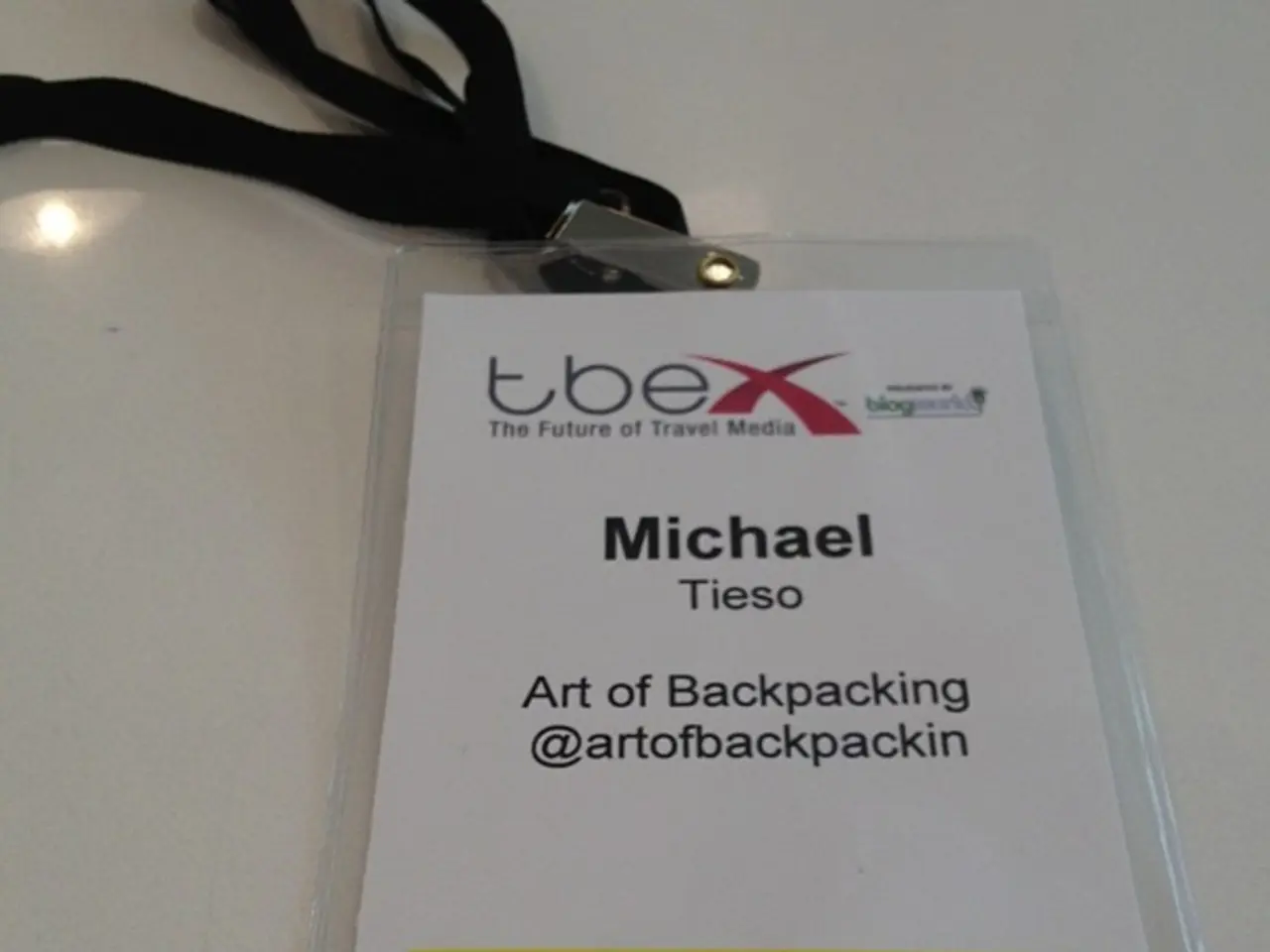Removing Copyrighted Music and Third-Party Intellectual Property from Creator's Content
In the fast-paced world of influencer marketing, it's essential to maintain intellectual property (IP) compliance to avoid takedowns, demonetization, and advertiser backlash. Here are some key steps and tools that can help safeguard your campaigns.
Clear Contracts and Licensing Agreements
Drafting influencer contracts with clear and precise language is crucial. The contracts should specify the IP ownership and usage rights, emphasizing that the influencer or creator retains the underlying IP, while the brand is granted a limited license to use the content as defined in the campaign scope. Include clauses prohibiting unauthorized assignment of rights and addressing "work-for-hire" when applicable.
Third-Party Clearances
Brands should require written proof that all third-party materials embedded in content, such as music, photography, stock images, or clips, are properly licensed with sublicensable rights covering all intended usages (commercial, print, digital, and archiving). Brands should indemnify themselves against royalty or rights infringement claims.
Legal Release and Indemnity Clauses
Use legal release forms with creators that incorporate indemnification provisions protecting the brand if the influencer's content inadvertently infringes IP or violates advertising standards. Define notification and defense processes, and ensure no binding settlements are made without brand consent. Automated contract management tools like Lexion or Evisort can track indemnity clause versions and alert teams to contract deviations.
Content Review and Moderation
Implement a thorough content review system to screen for potential IP infringements before going live. This should combine manual review by legal/compliance teams with automated tools that detect unauthorized music or visual assets. Establish clear moderation policies for user-generated content (UGC) to remove or flag infringing or inappropriate content promptly.
Attribution and Compliance
When using UGC or influencer content, provide proper credit to original creators and obtain explicit permissions. Ensure compliance with relevant marketing regulations, such as FTC endorsement disclosure guidelines, to avoid regulatory takedowns.
Specialized Tools for IP Compliance
To operationalize rapid risk assessment, leverage a centralized rights-management platform like Rightsline or Clear:ID that integrates with your influencer CRM. Platforms such as Aspire, Traackr, and Gracenote MusicID can automate legal document collection, license tracking, rights tagging, and unlicensed recording identification in live UGC.
In addition, consolidating tool outputs into a unified "Campaign Compliance Dashboard" can empower real-time oversight and executive reporting. This dashboard can visualize clearance status by campaign, region, and influencer tier, integrate takedown metrics, and monetization uptime for executive reporting.
Examples of Digital Asset Management (DAM) solutions include Bynder, Widen Collective, and Frontify, while examples of sync & master licensing platforms include Songtradr, Audiosocket, and Synchtank. Revelator Rights Management uses AI to scan social platforms daily, detecting unauthorized music uses and generating takedown alerts before sponsor penalties occur. TuneSat monitors broadcast and streaming for unlicensed audio usages, extending oversight beyond social to OTT and CTV influencer integrations.
In conclusion, safeguarding IP compliance in influencer campaigns requires a combination of clear and precise contractual language, verified third-party licensing, legal indemnities, rigorous content review, and ongoing monitoring. Using specialized contract management platforms and automated content scanning tools further enhances the integrity of campaigns and reduces legal and financial risks from unauthorized use of assets before they go live.
In the realm of finance, investing in specialized tools for IP compliance, such as Rightsline, Clear:ID, or Aspire, can help mitigate the financial risks associated with unauthorized use of assets in influencer marketing campaigns. On the other hand, in the entertainment industry, platforms like Revelator Rights Management and TuneSat can detect unauthorized music uses, protecting brands from potential sponsor penalties.
In sports and technology, integrated digital asset management (DAM) solutions like Bynder, Widen Collective, and Frontify, along with sync & master licensing platforms such as Songtradr, Audiosocket, and Synchtank, can streamline the management and licensing of visual and audio assets, ensuring compliance and reducing legal risks.




